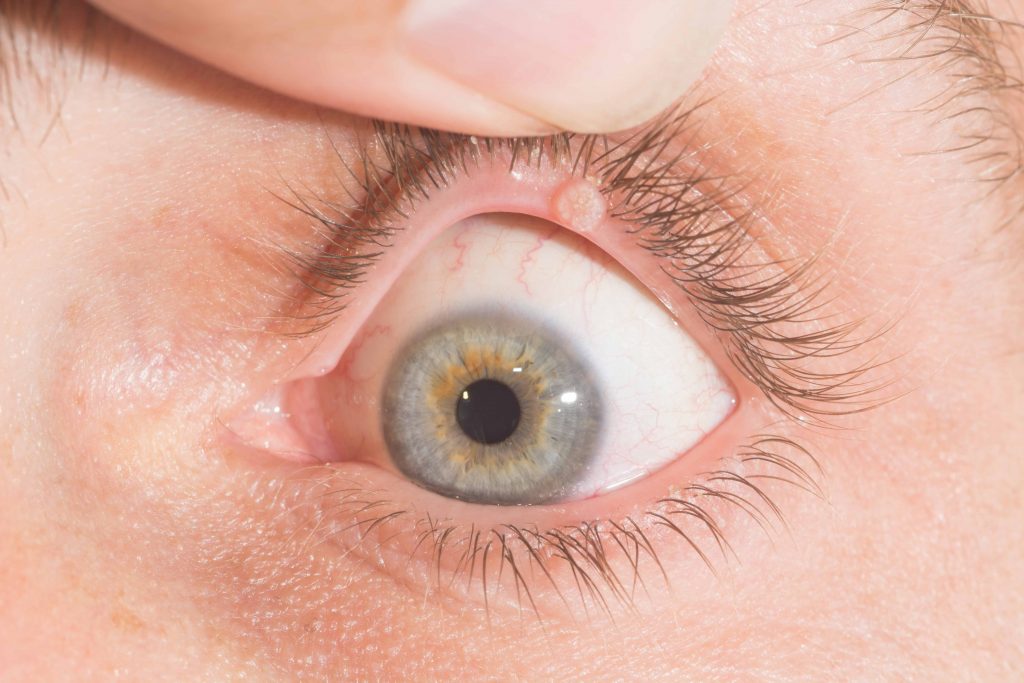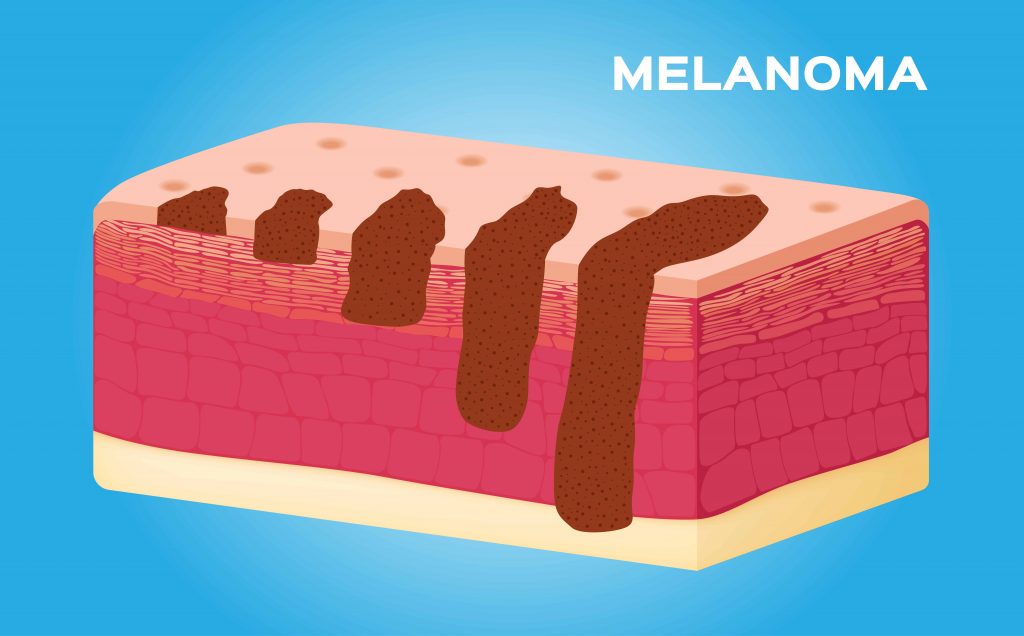How Giant Nevi Surgery Can Help You Get Rid Of Your Age Old Mole
Congenital nevi are nothing but the moles that you carry right from your birth. You can simply call them as your birthmark or more specifically Congenital Melanocytic Nevi. To understand the concept behind giant nevi surgery, let us first focus on nevi formation and appearance.
How your congenital nevi look?
A congenital nevus is more or less round or oval in appearance, and has a patchy skin with some form of elevation. Mostly single colored, at times it may appear multi-colored. Abiding by the size, your congenital nevi may vary from a minor spot to a large one that can cover the entire surface of your body. Besides, some people may also exhibit hair follicles protruding out from this spot.

What causes congenital nevi?
Melanocytes are usually associated with imparting color and a tone to your skin. When you have excessive melanocyte accumulation in one region, it leads to the formation of nevi. When you specifically speak about congenital nevi, the process of melanocyte accumulation and formation of nevi usually takes place in the developmental stage of a fetus. Over time, either the nevi may increase or decrease in size. In some individuals, at the time of puberty, they might be dark, raised, and bumpy; while in rarest of the rare cases, they may even disappear altogether.
Find a Plastic Surgeon in Your Area
Find Top Surgeons in India by Procedure
Find the Cost of a Procedure
Different types of congenital nevi
Nevi may be small, large of small other types. Here is a description:
Large nevi
Usually, with the growth and development of body, nevi grow in size, and therefore its appearance undergoes a change. People call nevi growing to the size of around 8 inches as giant nevi. It may involve much of your torso region and accompanies other small nevi.
For a newborn child, a giant nevi is the one that grows to the size of 2 inches or more. The occurrence of giant nevi is likely to take place in one out of twenty thousand cases.
Small nevi
Congenital nevi measuring up to the length of 1.5 centimeters are usually the smaller ones. These types of nevi are more common to mark their presence in around one in every 100 newborns.
Other types
Besides the two significant nevi types, here are other types of moles commonly found on the human body.
Garment Nevus: This type of nevus usually develops around the region of your buttocks or covers entire arm and shoulder.
Speckled Lentiginous Nevus: Such nevi usually accompany a dark spot on a flat background, and flat spot on a tanned background.
Tardive Lesions: This nevus usually appears before the age of 2 years and grows gradually with the age of the child.
Halo Nevus: It is a nevus encircled by light or white skin around it.
Satellite Lesions: These are smaller moles encircling main nevus.

Can you remove them permanently?
Although small nevi do not lead towards any sort of physical complications, most people tend to be self-conscious about their presence.
Giant nevi surgery may include several cuts, incisions, stitches, and at times even a skin replacement. Nevi removal is often essential for cosmetic and medical reasons. Although tissue expansion and grafting are the best ones, your surgeon is the ideal person to guide you with an in-depth analysis.
Also, congenital nevi surgery is not the only option available in medical science, here are some of its widely preferred alternatives:
Skin curettage: This procedure involves scraping of the top layers of your skin. It produces better results if performed within the first six weeks of life.
Dermabrasion: In this process, your doctor shall use a wire brush or diamond wheel. With the aid of these instruments, he shall scrape off the top layers of your skin. It is essential for you to understand that this process won’t altogether remove your nevi entirely. However, with its success, you might experience a lighter appearance of your nevi. Be careful as it might leave scars behind.
Tangential Expansion: This process of tangential expansion requires the surgeon to scrape off the top layers of your skin with a blade. This too is not potent enough to remove your congenital nevi altogether and may contribute to scar formation.
Chemical Peels: Finally, you have chemical peels wherein the experts use phenol and trichloroacetic to mitigate the appearance of congenital nevi.
What are the side effects of Giant Nevi surgery?
Researchers have found that medium and giant nevi may exhibit cancerous properties. Those born with such nevi should have a frequent visit to their doctors and check for the following:
Lumpiness
Darkening of nevus
Changes in color
Increase in size and irregularity achieved in its overall shape.
Wrapping up!
Congenital nevi are usually harmless; still, there is a certain degree of risks associated with moles larger than 2 to 3 cms. It is better to get a doctor’s consultation whether you are in actual need of a congenital nevi surgery or not. It is a very common thing among people of all age and gender across different geographical locations. While many don’t really care for small nevi, those having Giant Nevi often prefer opting for a surgery to get rid of it. If you too have any such nevus and want to get it removed, you may like to visit a plastic surgeon.


